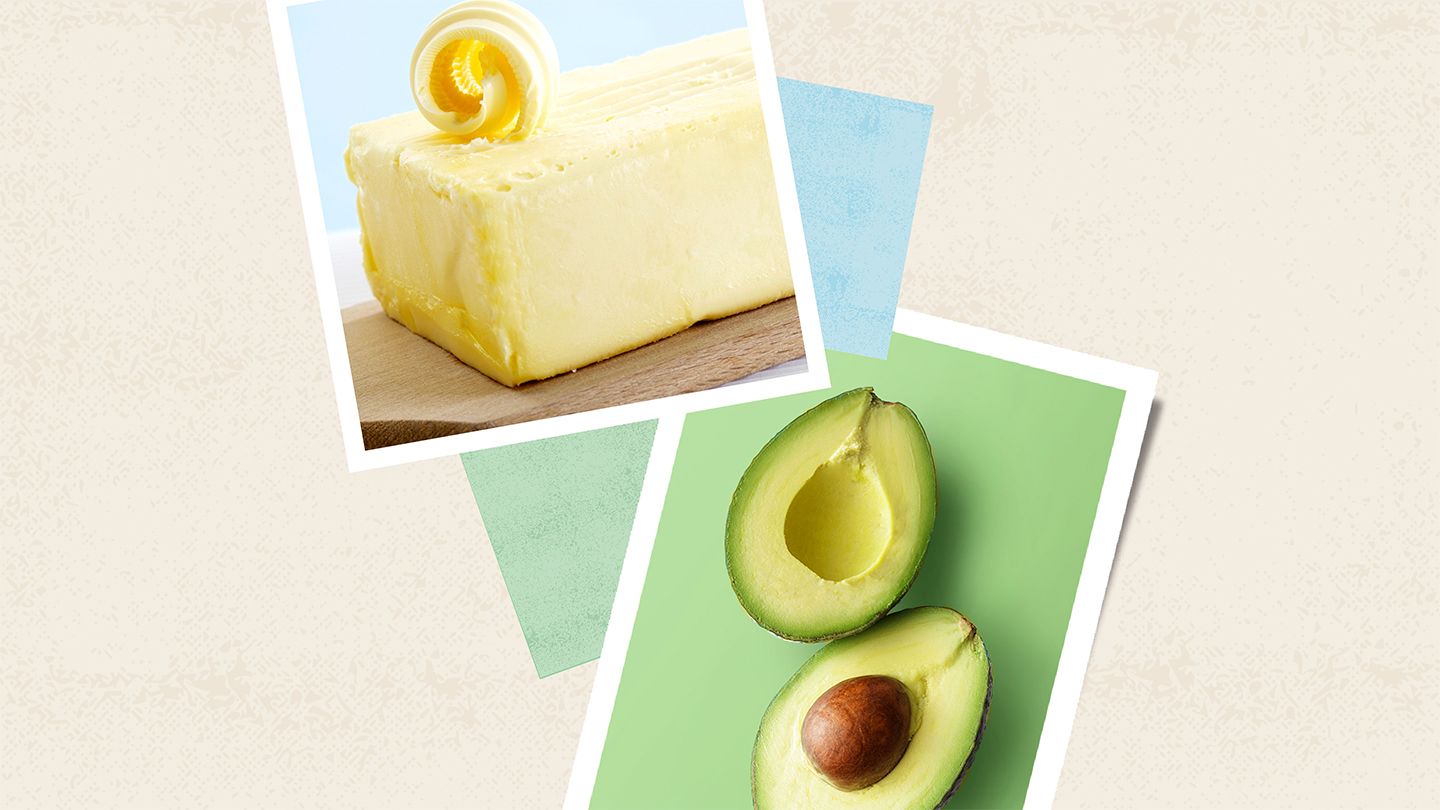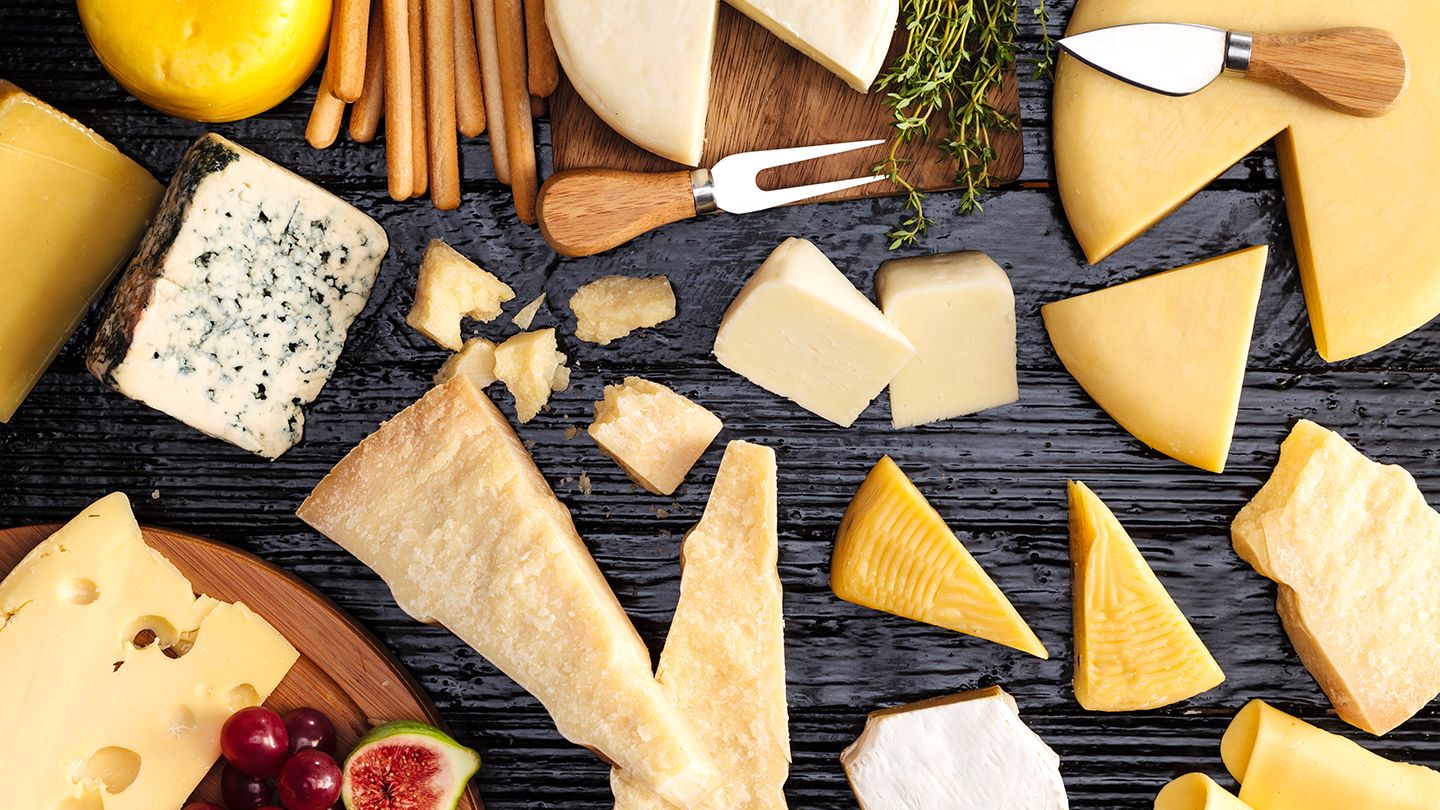How Much Sugar is in a Glass of Champagne?
Champagne is a sparkling wine that originates from the Champagne region of France. It's a popular celebratory drink that is often enjoyed during special occasions like New Year's Eve, weddings, anniversaries, and more. Many people enjoy champagne for its light, bubbly texture and slightly sweet flavor. But with the rise in popularity of low-carb diets like keto, some champagne drinkers are left wondering - just how much sugar is in a glass of champagne?
The Sugar Content of Champagne
The amount of sugar in champagne can vary quite a bit depending on the type:
- Brut Nature or Brut Zéro - These are the driest styles of champagne with 0-3 grams of sugar per glass.
- Extra Brut - Very dry, but slightly sweeter than Brut Nature, with 0-6 grams of sugar per glass.
- Brut - Dry and crisp with less than 12 grams of sugar per glass.
- Extra Dry or Extra Sec - Slightly sweet with 12-17 grams of sugar per glass.
- Sec - Noticeably sweeter with 17-32 grams of sugar per glass.
- Demi-Sec - Very sweet with 32-50 grams of sugar per glass.
As you can see, sugar content can range significantly depending on the champagne style. Brut Nature has hardly any sugar, while Demi-Sec is quite sweet in comparison.
How Champagne Gets Its Sweetness
So where does all that sugar come from? Here's a quick overview of the champagne making process:
- Base wine is made from grapes (usually a blend of Pinot Noir, Chardonnay, and Pinot Meunier).
- Sugar and yeast are added to the base wine to induce secondary fermentation in the bottle, which creates the bubbles.
- The yeast consumes most of the added sugar during fermentation, leaving behind alcohol and carbon dioxide (bubbles).
- After aging, the lees (dead yeast cells) are removed and wineries determine the level of sweetness for each champagne style.
- For drier styles, no additional sugar is added. For sweeter styles, a liqueur called the dosage is added before final corking.
The makeup of the dosage determines how much residual sugar will remain in the final champagne. The dosage is typically a blend of cane or beet sugar and reserve wine.
Factors That Influence Sugar Content
Within a particular champagne style, such as Brut or Demi-Sec, there can be slight variations in sugar content depending on:
- House style - Each champagne producer has their own unique house style for their champagnes. A Brut champagne from one house may have slightly more or less sugar than a Brut from another house.
- Vintage - The sugar content of champagne from the same producer may also vary slightly from year to year depending on the attributes of the grapes and wines for that particular vintage.
- Region - There are several regions within Champagne that produce wines with different characteristics. For example, grapes from the Côte des Blancs region tend to produce champagnes with a more delicate flavor profile.
Standard Glass Size
In order to estimate the amount of sugar in a glass of champagne, you need to know the standard serving size. While champagne flutes may come in a variety of sizes, a standard glass of champagne is generally considered to be:
- 5-6 ounces
- About 170-180 ml
Using this standard glass size, you can make a rough estimate of how much sugar is in your glass based on the style of champagne.
Sugar Content by Champagne Style
Now let's take a look at the approximate sugar content in a standard 5-6 ounce glass for different types of champagne:
Brut Nature/Brut Zéro
- Glass size: 5 oz (150 ml)
- Sugar per glass: 0-1.5 grams
With virtually no sugar added, Brut Nature champagnes will contain minimal residual sugar. A standard 5 oz glass can have between 0-1.5 grams.
Extra Brut
- Glass size: 6 oz (180 ml)
- Sugar per glass: 1-4 grams
Extra Brut champagnes are also extremely dry with only a touch of added sweetness. You'll get 1-4 grams of sugar in a typical 6 oz pour.
Brut
- Glass size: 5 oz (150 ml)
- Sugar per glass: 5-10 grams
The classic Brut style has modest sweetness. With less than 12 grams per glass in total, a 5 oz serving will have around 5-10 grams of residual sugar.
Extra Dry/Extra Sec
- Glass size: 6 oz (180 ml)
- Sugar per glass: 11-15 grams
Slightly sweeter than Brut, Extra Dry champagnes contain moderate sugar content. You can expect 11-15 grams per 6 oz glass.
Sec
- Glass size: 6 oz (180 ml)
- Sugar per glass: 17-24 grams
Into the noticeably sweeter styles, a standard 6 oz pour of Sec champagne will have 17-24 grams of residual sugar.
Demi-Sec
- Glass size: 5 oz (150 ml)
- Sugar per glass: 25-35 grams
Demi-Sec is considered a sweet champagne. A 5 oz glass can contain anywhere from 25-35 grams of sugar.
Keto-Friendly Champagne Options
The keto diet involves restricting carb intake, often to less than 50 grams per day. Since champagne contains carbohydrates from residual sugar, is it possible to fit it into a keto lifestyle?
Most health experts recommend limiting champagne intake to occasional or small servings if you want to stick to keto. Some keto-friendly options include:
- Brut Nature or Brut Zero - With less than 1.5 grams of sugar per glass, it's essentially zero-carb.
- Extra Brut - At just 1-4 grams of sugar, it can work for keto if consumed in moderation.
- Brut - Brut champagnes contain 5-10 grams, so a 5 oz serving may fit into some keto diets depending on the daily carb allowance.
Overall, the drier the champagne, the better it will be for maintaining ketosis. Sweet and demi-sec champagnes should be avoided or saved only for rare special treats if you're following a keto diet.
Counting Carbs from Champagne on Keto
When counting carbs for keto, most experts recommend counting approximately 1 gram of carbs per 1 gram of sugar. So for a Brut champagne with 10 grams of sugar per glass, you would count it as approximately 10 grams of carbs.
Be sure to account for the champagne carbs as part of your total daily carb intake. Track your food and beverage intake closely when first adding champagne to a keto diet to see if it knocks you out of ketosis based on your individual carb tolerance.
Other Factors to Consider with Keto-Friendly Champagne
Aside from sugar content, here are some other factors to keep in mind when choosing keto-friendly champagne:
- Serving size - Stick to 5 oz or less per serving.
- ABV - Go for champagnes around 12% ABV or less to limit alcohol impact on ketosis.
- Pairings - Enjoy it alongside keto-friendly foods like fresh berries, prosciutto, smoked salmon, or herbed cheeses.
The Bottom Line
Champagne sugar content can vary widely from 0 grams in ultradry styles to over 30 grams in sweet champagnes. For those following a keto diet, the best bets are Brut Nature and Extra Brut, which have minimal residual sugar. If consumed occasionally in 5 oz servings or less, Brut champagne can also work for keto diets depending on daily carb limits.
Keto dieters should be mindful of counting champagne carbs as part of their daily totals and monitor for potential impacts on ketosis. Overall, champagne can be enjoyed in moderation as part of a keto lifestyle, especially if you stick with the driest styles.
FAQs
What is the sugar content of brut champagne?
Brut champagne has up to 12 grams of sugar per glass. In a standard 5 oz serving, it will contain approximately 5-10 grams of residual sugar.
Is demi-sec champagne keto friendly?
No, demi-sec champagne is not keto-friendly. With up to 50 grams of sugar per glass, demi-sec is a very sweet style of champagne that should be avoided on the keto diet.
What is the sweetest type of champagne?
Demi-sec is the sweetest and most sugar-filled type of champagne. A standard 5 oz glass can contain anywhere from 25-35 grams of residual sugar.
Which champagne has the least amount of sugar?
Brut Nature and Brut Zero champagnes have the least amount of sugar, with 0-1.5 grams per glass. Extra Brut is also very low in sugar content.
Can you drink champagne on a keto diet?
It's possible to drink champagne in moderation on a keto diet if you choose very dry styles like Brut Nature, Extra Brut, or Brut. Focus on 5 oz pours, count the carbs, and monitor your ketone levels.
Disclaimer: This article is for informational purposes only and does not constitute medical advice. Always consult with a healthcare professional before starting any new treatment regimen.
Related Coverage
Craving corn casserole but want to stay in ketosis? This guide shares how to build a keto corn casserole with low carb ingredient swaps, sample recipe, serving tips, and getting back into fat burning mode after indulging....
Discover the calorie content of a salad with ranch dressing and learn about healthier alternatives to help support your weight loss goals without sacrificing flavor....
Learn the best and worst fat choices for keto success. Focus on omega-3s and monounsaturated fats like olive oil, avocado, nuts and fish while limiting processed and vegetable oils....
A tbsp of avocado oil contains 120 calories. Its high smoke point and heart healthy fats make it a good choice for sautéing and baking. But measure servings carefully....
Customize your Cracker Barrel order for keto by avoiding breads, biscuits, pancakes, potatoes and choosing eggs, meats, fish, chicken and low carb sides like salad and veggies....
One ounce of cheddar cheese contains 113 calories, 9 grams of fat, and 7 grams of protein. Learn how cheddar cheese fits into a keto diet and the difference between sharp and mild cheddar....
Asiago cheese sold commercially is required to be made from pasteurized milk. However, it is possible to find raw milk versions from some artisanal cheesemakers. Learn more about how pasteurization impacts flavor, nutrition and food safety....
Injecting testosterone incorrectly or in the wrong location can influence absorption, cause side effects, and impact heart health. Learn about proper administration....
The keto diet requires close scrutiny of carb counts even in foods you might not expect. Learn what you can and can't eat on keto by examining beverages, fruits, veggies, grains, starches, dairy, dining out snacks....
Pepper jack cheese provides protein, calcium, probiotics and vitamin D but is high in sodium, calories and saturated fat. Learn how to incorporate it into your diet....









